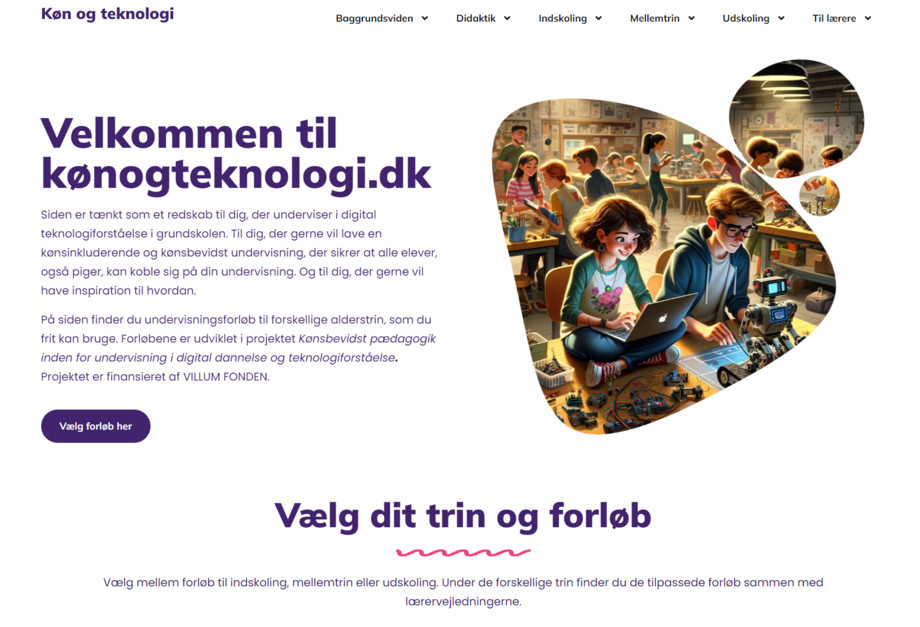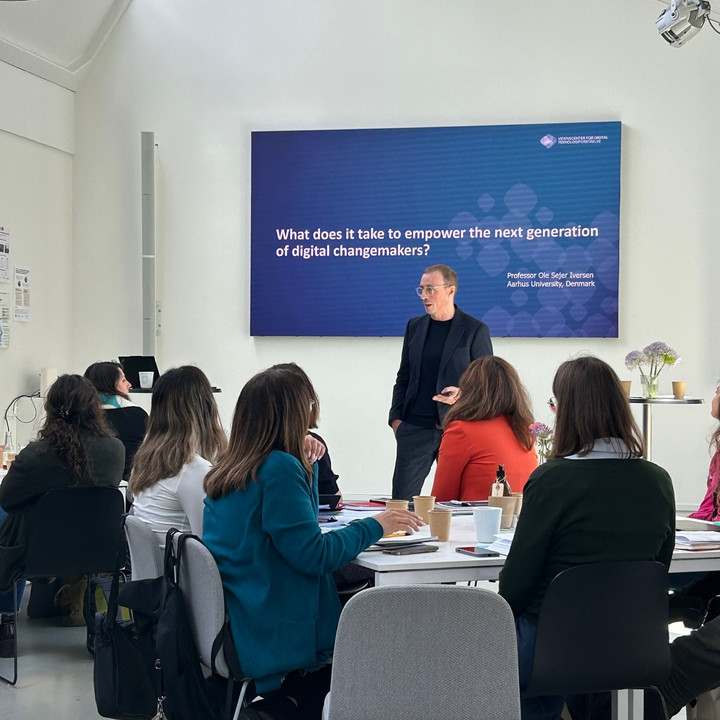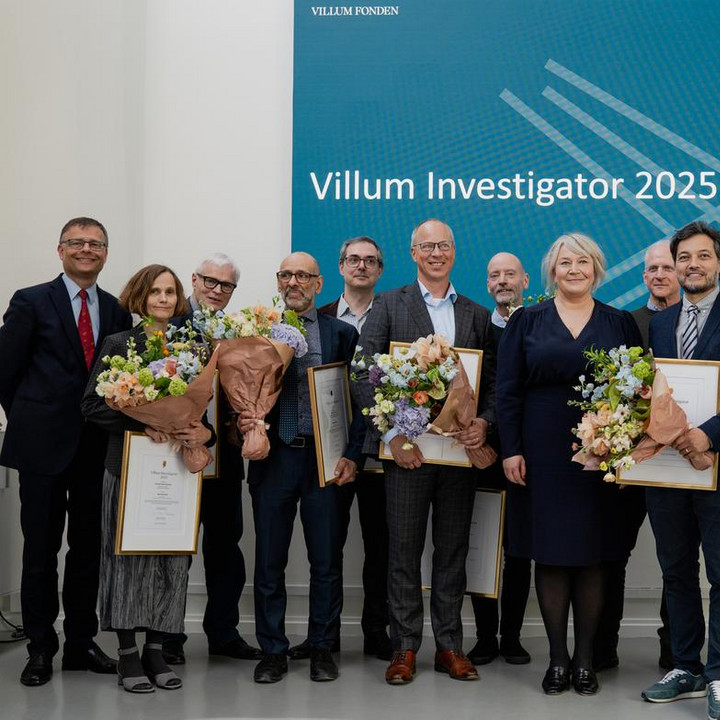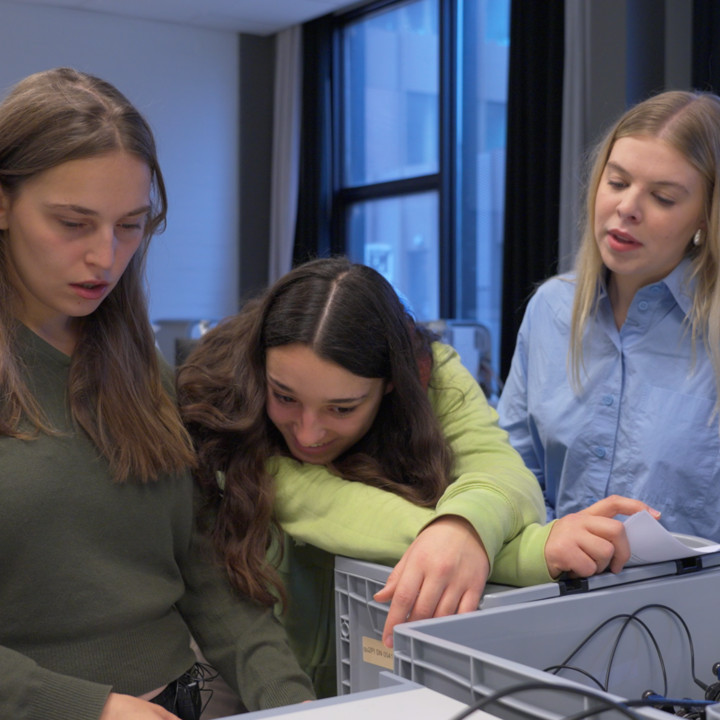New Technology Education Courses Challenge Gender Norms

The Prince and the Pea, Captain Gold Coin, and the computer science teacher Bente. These are some of the characters that children and young people in primary school can become acquainted with in a series of new educational courses in digital literacy and technology comprehension. The common denominator for these courses is that they work with a gender-conscious approach to teaching.
The educational courses are the result of a two-year project between University College of Northern Denmark (UCN), Aalborg Municipality, and Gentofte Municipality. The Villum Foundation has supported the project with 1.8 million DKK. The two municipalities have previously received support from the foundation to establish makerspaces in primary schools—a kind of learning laboratories with equipment. In these laboratories students can work practically with, for example, digital technologies. The makerspaces-project has collected empirical data in the form of observations and interviews with students and teachers working on specific courses in makerspaces. The project ended at the end of 2023 and now presents its results.
Teachers can unwittingly reinforce gender patterns
Associate Professor, Ph.D. Camilla Finsterbach Kaup from UCN explains that gender patterns become clearly visible in the encounters with the three classes—one in lower primary, one in middle primary, and one in upper primary—that the project has visited in Aalborg and Gentofte.
"In line with other studies, we can see that girls in lower and middle primary school have both interest and confidence in digital technology—but when we get to upper primary, many girls say they are not interested in technology, while an idea spreads that boys are better at technology, for example because they play more video games than girls."
This means that boys easily take over the practical work in makerspaces, and among the teachers that the researchers have met, there is no focus on working with a didactics that can engage all students across genders.
"Teachers are not aware of gender patterns, and sometimes they unwittingly structure the courses in a way that reinforces these patterns—for example, when work in makerspaces leads to a competition with other schools, which shifts the focus to the students who are recognized as skilled and thus have the best chances of winning, typically the boys," Camilla Finsterbach Kaup points out .
Simple didactic approaches can engage across genders
But what does it mean to work gender-consciously in practice? The project provides some simple advice on didactic approaches that can engage all students in the class. For example, working more with storytelling and imagination in the course, conducting experiments and prototyping with hands-on exercises that can create community and enthusiasm, and involving students' own lives and experiences in the course.
"In the classes the project has visited, we can see—and research in the area also confirms—that when teachers clearly frame the courses with approaches like these, it promotes both girls' and boys' engagement in what they are doing, and this is also true in upper primary," explains Camilla Finsterbach Kaup.
The educational courses all work with these approaches, and they also suggest a systematic group formation and role distribution in the course, which ensures that all students get hands-on with all types of tasks. Each course is structured as a cycle where students first observe, i.e., collect information and input on the topic, compare, i.e., process what they have collected, then reflect, i.e., put their knowledge into context in a broader perspective, and finally interact, i.e., apply their knowledge by, for example, communicating it to others, or by exploring new topics based on their knowledge—which brings them back to the start of the cycle.
"The educational courses are designed so that there is room in the process for different interests, abilities, and approaches to the topic, ensuring that all students are involved and engaged. This benefits everyone, regardless of gender," emphasizes Camilla Finsterbach Kaup.
The educational courses can be used by teachers and others working with technology comprehension in primary school.



